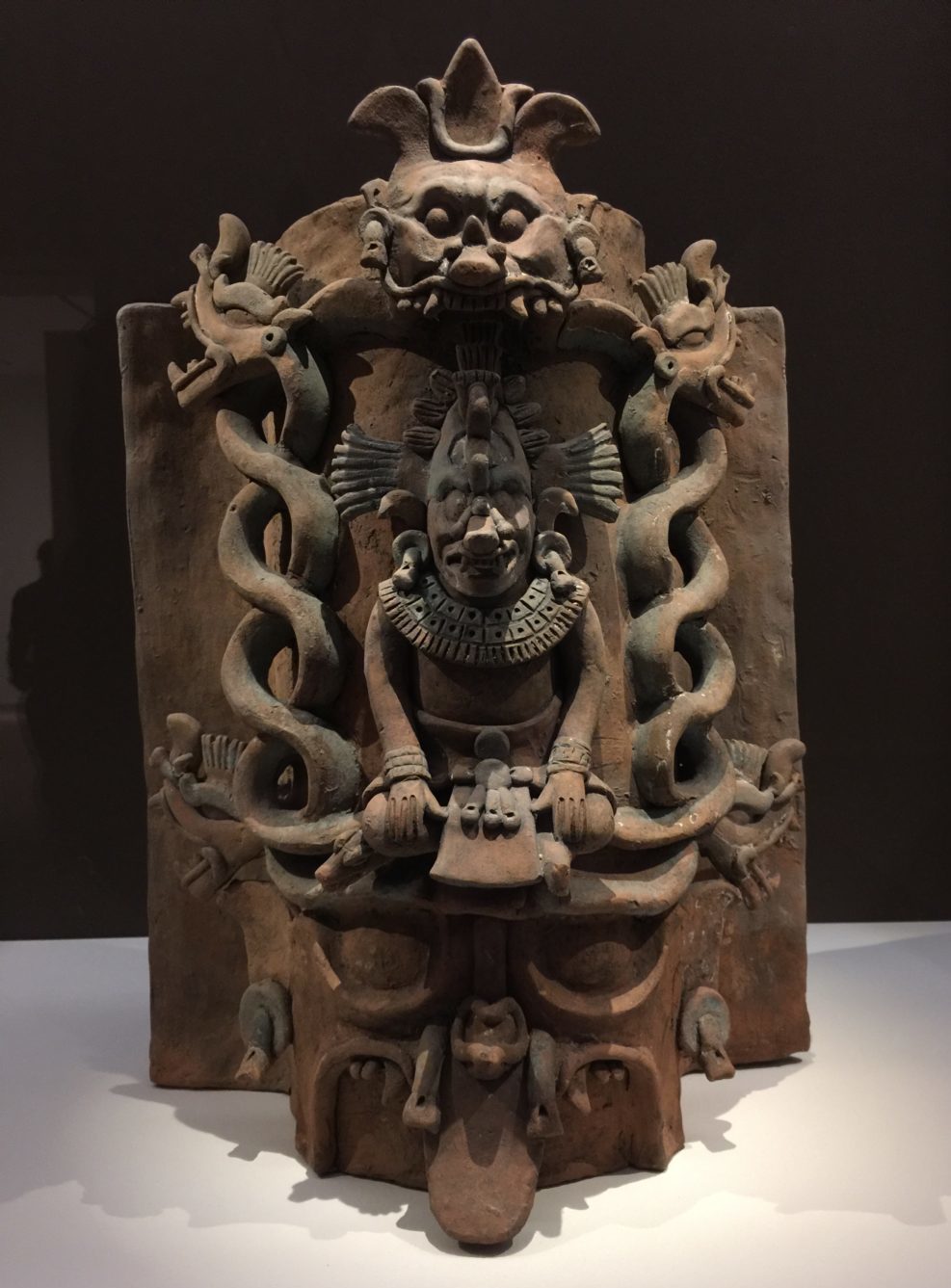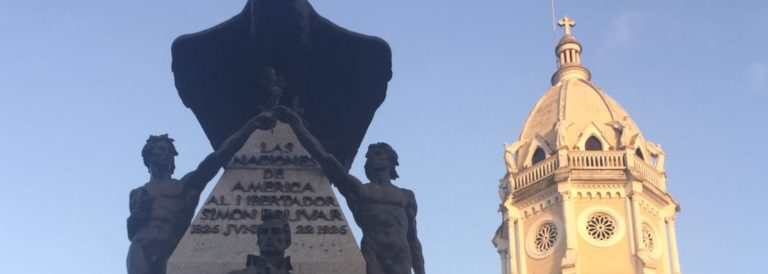If there is one book I would recommend to everyone visiting Latin America, it is 1491: New Revelations of the Americas Before Columbus, by Charles Mann. In it, Mann describes the humanity of the Americas before the landing of the Europeans. The book is a comprehensive treatment of both American continents. However, there are very interesting sections that specifically focus on the primary ancient American nations of Peru, and Mesoamerica (Mexico), and the Amazon.
The second excellent title for those interested in the factors that lead to the building of civilizations and the reasons why selected societies were stronger than others is Guns, Germs, and Steel: The Fates of Human Societies, by Jared Diamond. He compares the building blocks of agriculture and domestic animals in the ancient American nations to those of Eurasia.
Mann notes that when you look across the historic globe for the first evidence of socialized human activity and the formation of something resembling governance, the places you list are Mesopotamia (the Fertile Crescent of the Middle East), the Nile, India, China, Mesoamerica (central Mexico), and Norte Chico (the Peruvian Desert). The fascinating point now being acknowledged by historians is that three of these civilizations did it on their own, Mesopotamia, Mesoamerica, and Norte Chico. The other three, the Nile, India, and China, borrowed from the experience of Mesopotamia.
The classic formula for the sprouting of societies goes something like this: 1) stumble across domesticatible grains, 2) cultivate the grains rather than chase game, 3) stay put, 4) gather friends and family, 5) make rules and start a political structure, 6) continue, ad nauseum. This was certainly true for the Fertile Crescent which, according to Jared Diamond, had more domesticatible grains that anywhere else on earth.
In Mexican Mesoamerica, the list of domesticatible vegetables included beans, chilis, avocados, tomatoes, and, most important of all, maize, the ancestor of corn. This sounds like the menu of taco ingredients from a current-day Mexican restaurant. Maize was so essential to life it was celebrated in art and rituals. The technological breakthrough was sustainable farming. So, Mesoamerica could use its own agriculture to follow the standard formula to a social structure, even if it was completely isolated from Eurasia.
According to Mann, the Peruvian genesis was altogether different. There were no domesticatible grains. A new formula was necessary, even more sophisticated that the first because it was based on trade. Alongside the short, intense Peruvian rivers plunging from the Andes to the Pacific, the gift of nature was cotton. The innovation of man was irrigation. Now, one cannot eat cotton. So, having it was not sufficient. It had to be traded for food with someone who needed the cotton to get the food. The interdependency is key. Neither could succeed without the contribution of the other. That’s what makes the Peruvian example so exciting.
As described in our previous article, “An Incredible Natural Landscape”, the west coast of South America is contiguous with the Atacama Trench and its cold Humboldt Current. The Current is one of the most abundant fisheries on the planet. If you know how to catch anchovies and sardines, you can live a good life. For that, you need nets. For nets, you need cotton. The folks on the coast had fish. The folks on the slopes and the plateau had cotton. Inventive necessity did the rest.

Without the advantages of grains and vegetables, beasts of burden, or precipitation, sealed off from communication with the rest of the world’s population, the Peruvian Coast and Plateau became a place worth living. The food source was plentiful. People settled and civilization took hold. A Sacred LandscapeThe Search for Ancient Peru
The first evidence of governance is a major structure. Nobody can build massive temples alone. It takes a village, and that means a community has formed with some kind of leader. These building projects existed in Mesoamerica and Norte Chico, even if their architectural technology was simpler than in Eurasia.
Archeological sites at Caral and Hauricanga in the central Peruvian Plateau indicate that the accumulation of settlements of clearly related people actually outnumbered the inhabitants of Sumer, the oldest settlement of Mesopotamia in 3500 BCE. The New World is the Old World! They even invented mummies before the Egyptians. It’s a dry climate. Things preserve really well! For a stunning photo essay of Caral, with commentary from the foremost archeologist of the site, Ruth Shady: Caral: The First Civilization in the Americas: La primera civilizacion de America
The Peruvian cultures morphed through dynasties and societies to become the Incas. The Incas: People of the Sun One of the interim tribes was the Nazca people, famous for the gigantic, enigmatic desert drawings that can only be properly perceived from the air. The Nasca
For thousands of years, in spite of the dry climate, they built their kingdoms and fought among themselves in the Peruvian highlands. The most famous of the Incan monuments is Machu Picchu. They had the wealth of the Humboldt Current and the irrigated cotton of the coast. For your visit to Machu Picchu: The Machu Picchu Guidebook: A Self-Guided Tour
. The original discovery: Lost City of the Incas (Phoenix Press)
, and an entertaining modern “exploration”: Turn Right at Machu Picchu: Rediscovering the Lost City One Step at a Time
.
In Mesoamerica, the important agricultural development of maize and the sustainability of fertile fields made the big difference. Mann explains that when these processes were mastered, the first Olmec societies were settled, around 1500 BCE. Moving westward, the Toltecs succeeded the Olmecs and inspired the Aztecs who settled in the Mexico Basin. They allied with the Acolnua and the Tapenecs in the Triple Alliance and dominated central Mexico for two hundred years. Their capital at Tenochtitlan was set by legend in the middle of Lake Texcoco, where a golden eagle was spotted chewing on a snake in a prickly pear cactus, in 1325 CE. The image is memorialized on the modern-day Mexican flag. Mexico: From the Olmecs to the Aztecs (Sixth Edition) (Ancient Peoples and Places)
The Mayans developed several city states to the south and east, in Belize and Guatemala, including some of the most famous names in archeology, at Caracol, Tikal, Palenque and Copan. Over time, they migrated north into the Yucatan, probably for climatic reasons, establishing Chichen Itza, Uxmal, Coba and other sites that are regular excursion destinations for cruisers. Their history is more accessible for research because they developed their own hieroglyphics and writing, as well as astronomy, arithmetic, and calendars. The Ancient Maya, 6th Edition. For the contemporary Spanish report on the Mayas, Yucatan Before and After the Conquest (Native American)
The Peruvian and Mesoamerican civilizations deserve to be recognized for the remarkable achievements they produced. Each in its own way, with no blueprint or manual, created an enduring society. More than anyone else, they are the true original Americans.






